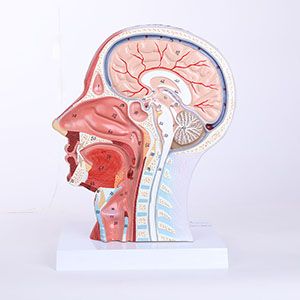
In medical education and clinical training, the anatomy of the head and neck is considered one of the most complex and difficult parts to master. The head and neck not only contain vital organs such as the brain, nerves, blood vessels, and trachea, but also because these structures are closely arranged, they require extremely high precision in surgery and clinical procedures. However, traditional teaching methods and surgical training are not sufficient for students and medical staff to fully grasp these complex structures. At this point, can the neurovascular model of the head and neck, as an efficient training tool, improve the accuracy of clinical procedures?
1. Head and neck complexity and clinical challenges
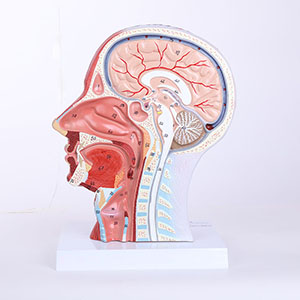
Neurovascular model of Head and neck
The anatomical region of the head and neck not only involves a large number of nerves and blood vessels, such as the carotid artery, vagus nerve, etc., but their distribution is dense and fine. Any small misoperation can lead to serious consequences, such as accidental injury to important nerves or large blood vessels. Traditional teaching and training methods, such as 2D anatomical drawings, video explanation and real practice, can provide some basic knowledge, but it is difficult to reflect the three-dimensional relationship of complex structures in surgical simulation and practical operation.
2. Advantages of the head and neck neurovascular model
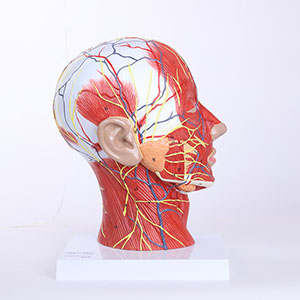
The head and neck neurovascular model provides a highly interactive and three-dimensional visualization learning platform by accurately reproducing the nerve and blood vessel structure of the human head and neck. The main advantages of this model include:
- Precise anatomical structure: The head and neck model uses real anatomical data to restore important structures such as nerves, blood vessels, muscles and bones. Students can clearly identify the specific position and direction of each nerve and blood vessel in the model, thereby improving the accuracy of the operation.
- Three-dimensional and spatial perception: Unlike traditional two-dimensional images, the neurovascular model of the head and neck is displayed through three-dimensional structures to help students build spatial perception of the head and neck. This helps students to better understand the relationship between neurovascular and other structures, and provides more references for actual surgical operations.
- Simulated surgical procedures: Neurovascular models of the head and neck support simulated actual clinical procedures, such as tracheal intubation, carotid artery compression, nerve injection, etc. Students can practice many times in a risk-free environment to improve their operational skills and confidence.
3. Data support: The role of head and neck model in improving surgical accuracy
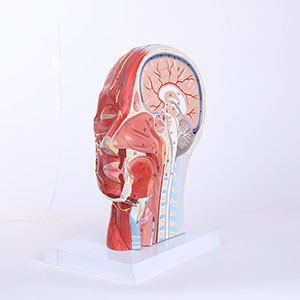
A number of studies have shown that the neurovascular model of the head and neck can indeed significantly improve the accuracy of surgical procedures in medical education and clinical training. For example, in a study of surgical accuracy, surgeons who used a neurovascular model of the head and neck had more than 25 percent fewer errors in simulated surgeries. Especially when performing complex neck surgery, the model helps surgeons more accurately avoid important nerves and blood vessels, reducing the occurrence of intraoperative complications.
In addition, trainees trained using these models are able to perform with greater confidence and precision in the face of real patients, reducing the risk of clinical errors.
4. Clinical significance: Improve operation safety and patient care quality
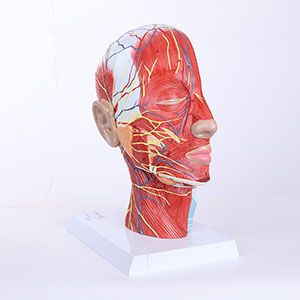
Neurovascular model of Head and neck
By practicing repeatedly in a simulated environment, medical staff can master the anatomy of the head and neck, improving the accuracy of surgery and treatment. This not only reduces operational errors, but also enables faster judgment and treatment in emergency situations, thereby improving patient outcomes and safety. For example, during emergency procedures such as intubation, trained medical personnel are able to quickly locate the correct location and avoid damage to vital structures.
5. Conclusion: The importance of neurovascular models of the head and neck for improving clinical accuracy
The neurovascular model of the head and neck provides a more intuitive and accurate training platform by highly restoring the real anatomical structure. This not only helps students improve their surgical skills in a simulated environment, but also effectively reduces errors in clinical operations and improves patient safety and quality of care. With the development of medical technology and the innovation of medical education concept, neurovascular model of head and neck will play an increasingly important role in medical education and clinical training in the future.


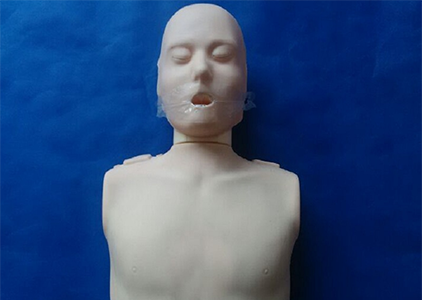




Sophie Asveld
February 14, 2019
Email is a crucial channel in any marketing mix, and never has this been truer than for today’s entrepreneur. Curious what to say.
Sophie Asveld
February 14, 2019
Email is a crucial channel in any marketing mix, and never has this been truer than for today’s entrepreneur. Curious what to say.